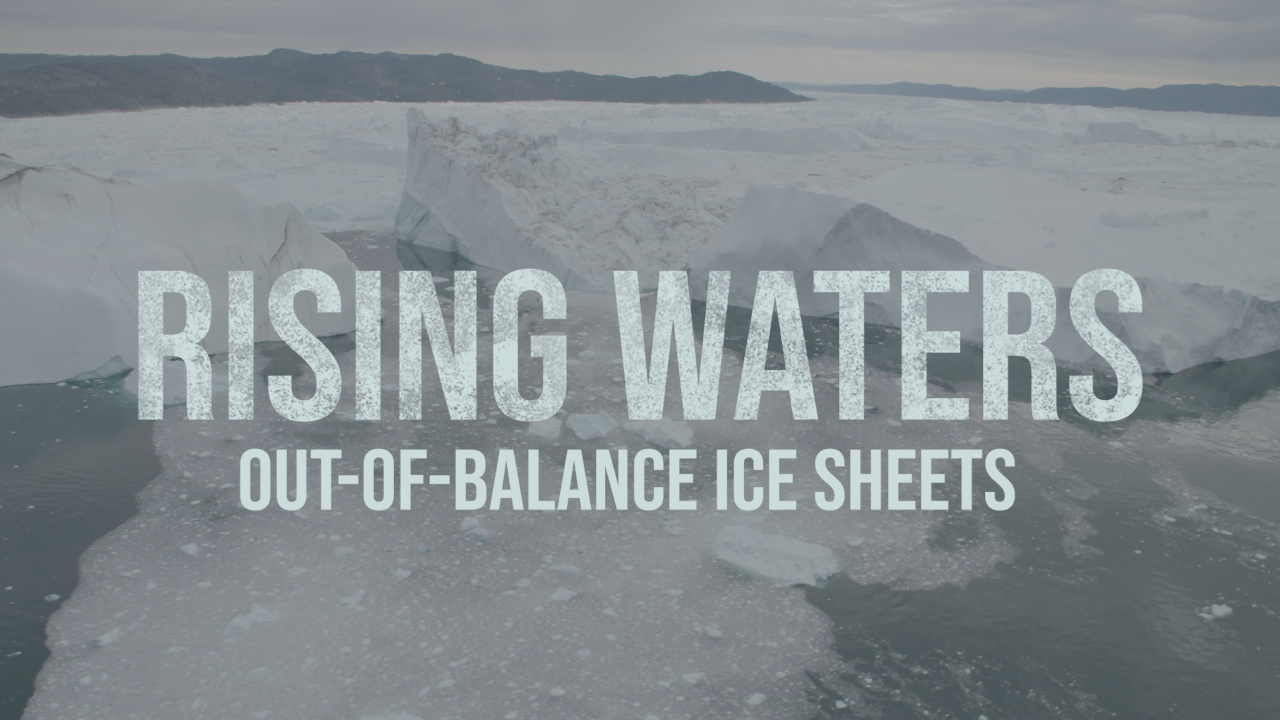Rising Waters on the West Coast
In the northeastern Pacific off the U.S. West Coast, sea level rise was 4 to 5 millimeters a year lower than the global average during the 1990s and 2000s.
Then around 2010, sea level began steadily increasing along the West Coast. The largest increase, in 2014-16, coincided with a large El Niño event in 2015-16. While the rate has stabilized since then, it remains higher than the global average.
Changing conditions in the Pacific have stirred up Earth’s largest ocean and redistributed its heat, piling up warm waters along U.S. Western shores and raising sea level in the process.
nasa.gov/sea-level-rise-2020
Credits
Please give credit for this item to:
NASA's Goddard Space Flight Center
-
Producer
- James Round (NASA/JPL CalTech)
-
Animator
- Bailee DesRocher (USRA)
-
Writer
- Alan Buis (NASA/JPL CalTech)
Series
This page can be found in the following series:Release date
This page was originally published on Thursday, November 5, 2020.
This page was last updated on Wednesday, May 3, 2023 at 1:44 PM EDT.
![Music: Rain over the Sea by Bruno Vouillon [SACEM]Complete transcript available.](/vis/a010000/a013700/a013747/Thumbnail0.jpg)


![Universal Production Music: "Patisserie Pressure" by Benjamin James Parsons [PRS]Complete transcript available.This video can be freely shared and downloaded. While the video in its entirety can be shared without permission, some individual imagery provided by pond5.com and Artbeats is obtained through permission and may not be excised or remixed in other products. Specific details on stock footage may be found here. For more information on NASA’s media guidelines, visit https://www.nasa.gov/multimedia/guidelines/index.htmlNotes on Footage:
Provided by Artbeats: 00:00-00:03; 00:08-00:15; 01:02-01:09; 01:48-01:52; 01:58-02:02
Stock: 1:29 – 1:33 provided by Razvan25/Pond5](/vis/a010000/a013700/a013739/Card_Title.jpg)